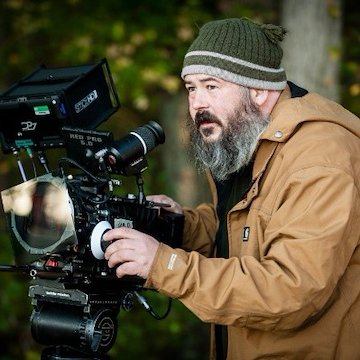/360x360.jpeg?auto=webp)
Creation Week
/360x360.png?auto=webp)
Corporate / Institution
/360x360.jpeg?auto=webp)
Talking Portraits
/360x360.jpeg?auto=webp)
Stills Places East - Places West
History-Military Demo Reel
/360x360.png?auto=webp)
Choosing to be an American People
Sherwood Horror
/360x360.jpeg?auto=webp)
The other side of the camera of the camera

Clients
Ultra Wide aspect ratios
/360x360.jpeg?auto=webp)
The Returning King holographic film
/360x360.jpeg?auto=webp)
Commercials
/360x360.jpeg?auto=webp)
Over Stay
/360x360.jpeg?auto=webp)